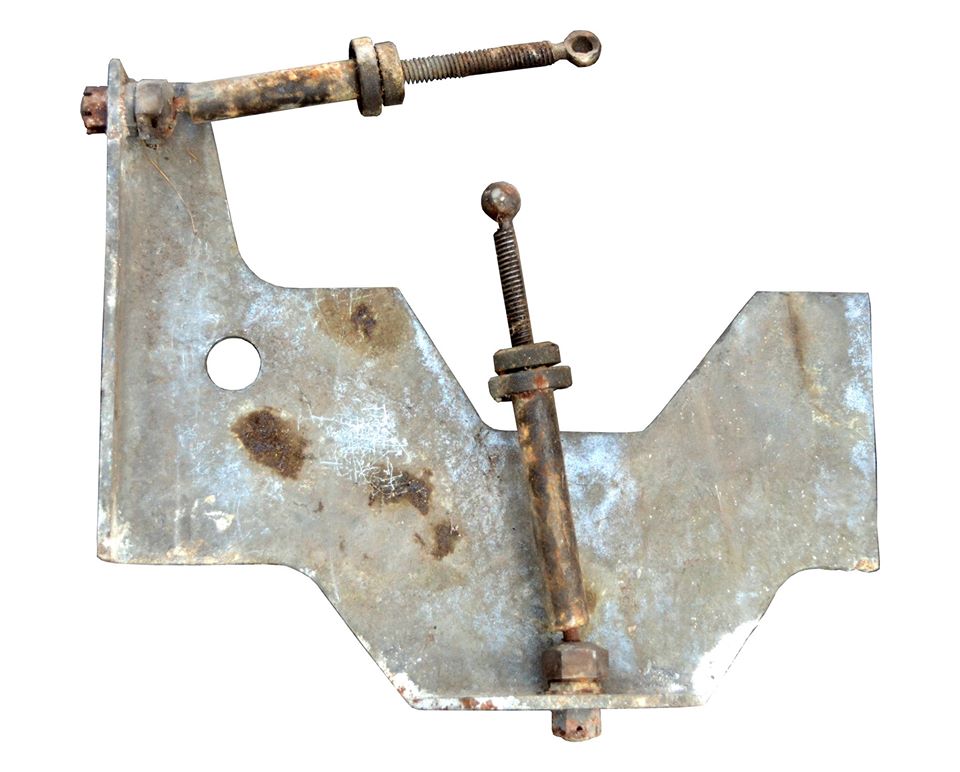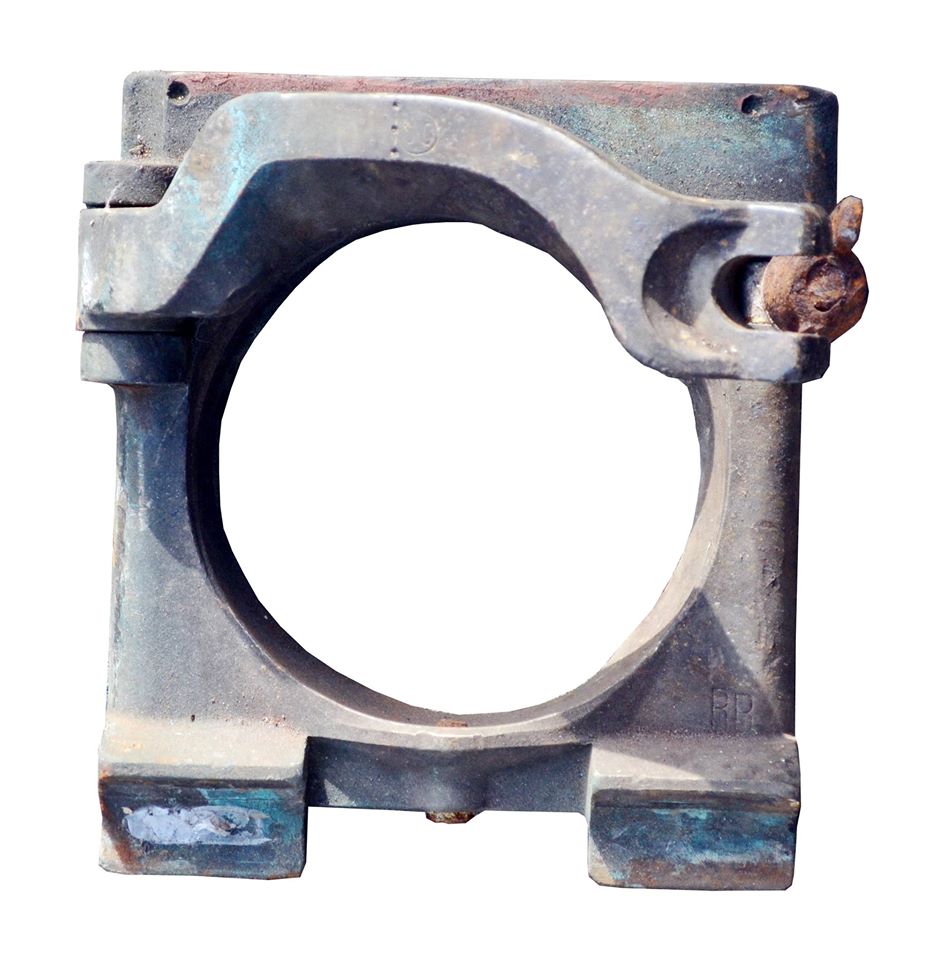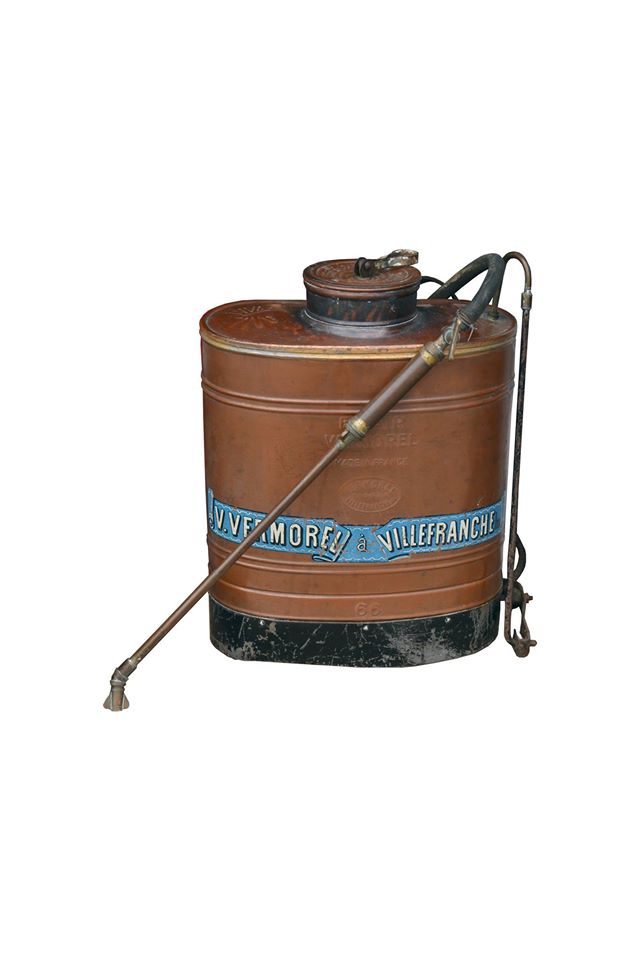

Twin MAC 31 mounting.
The concept of a defensive firing chamber was itself nothing new. At its most basic, such provisions can be seen in castles of the Medieval era; by the advent of the more modern fortifications these had evolved into more complex solutions. The musket galleries were soon augmented with the addition of caponiers, described as bomb-proof structures designed to provide suppressing fire against attackers. All entrances to a Maginot Fort were not as they would initially appear; no door led directly into a building, as the visible door merely formed an outer barrier, behind which was located a machine gun, with the actual entrance off to one side out of view from the exterior. Additionally, smalls arms fire from a machine gun was used to prevent a would-be attacker from even getting this close!
Due to the complex nature of a firing chamber designed to mount twin MAC 31 machine guns, we opted to re-create the simpler version where a single FM 24/29 was deployed. This decision was also based on obtaining the components for the latter (see below).

Internal Mounting Plate for an FM 24/29 Machine Gun. The 'arms' attach to the gun, holding it rigidly in position. Elevation and traverse were achieved by means of adjusting the wheels, which would either extend or retract the arms as desired.

Bronze Fixing Mount Adaptor. These were used to deploy the gun into the firing aperture, with the arm locking around the ball mounting holding the barrel. When the gun was removed, this mounting plate was simply slid to the left (as shown in the photograph at the top of the page) with an armoured plate used to seal the opening (see image at top and item below).

Armoured Plate. Used for sealing off any aperture when not in use. The handle is pivoted to allow the shield to be locked into place.

150-round magazine for the Reibel machine gun (FM31). FM31's were mounted in pairs in the casemates and forts of the Maginot Line.

